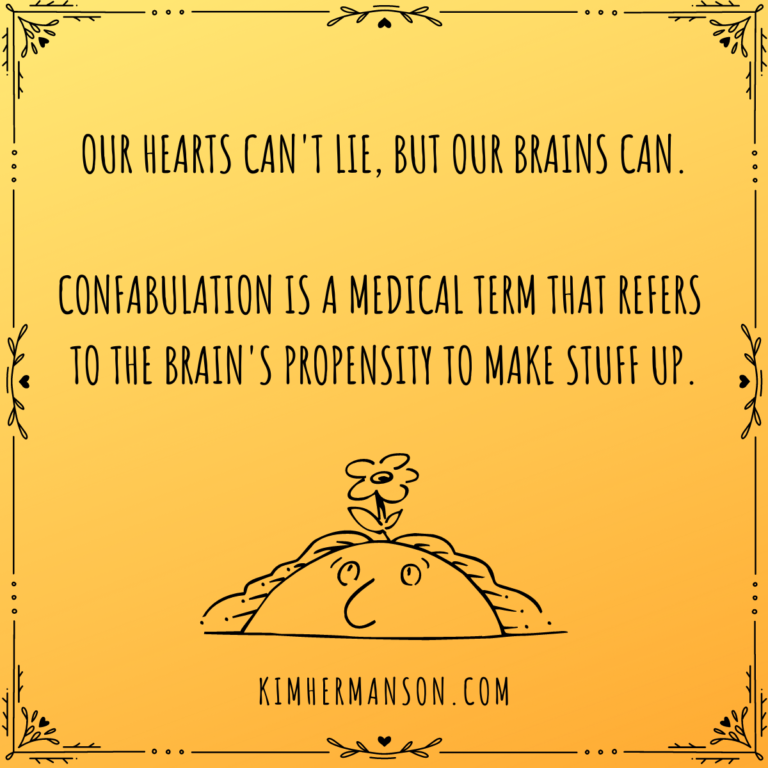Unlocking the transformative power of metaphor: Bridging the mind and heart

In late December 2006, during a meeting with the president of a small university, I was asked what course I wanted to teach in their Ph.D. Psychology program. While I had curricula prepared, I surprised myself by blurting out, “Metaphor.” The response felt immediate, bypassing thought entirely, as if something spoke through me. I wasn’t a linguist, nor did I know how metaphor related to psychology at the time, but the president didn’t bat an eye. “Great! We’ll call it the Psychology of Metaphor,” he said. I left his office wondering what I had just committed to.
That moment launched me into an unexpected journey. Out-of-print books on metaphor and human consciousness began to mysteriously appear on my study table at the local library, guiding me to insights I didn’t know I was seeking. Teaching the course, I felt an unshakable sense that there was a hidden realm of beauty—pulsing and alive—that lay beneath the surface of our ordinary perception. I spent those months searching for a way to access it, gazing at the world and yearning for an entry point.
Two months after the course ended, I had a visionary experience. In this vision, I saw and felt the breathtaking beauty of that hidden realm. A voice echoed: “THIRD SPACE.” I woke abruptly, electrified by the revelation.
For years, I had used the term “third space” to describe the moment in teaching when the polarity between teacher and student dissolves, and the group reaches a palpable place of expanded knowing and intuitive wisdom. The connection suddenly clicked: metaphor is a third space. By definition, metaphor bridges two disparate things to create a third—a new possibility, a fresh perspective. This is the essence of the creative process itself. Martin Foss, the philosopher whose books serendipitously found their way to my desk, described metaphor as the “process of creation.”
Over a century ago, Rudolf Steiner predicted that the greatest discovery of 20th-century science would not be technological but human: the realization that the heart is far more than a pump. He believed humanity’s greatest challenge would be to let the heart teach us to think in a new way. And how does the heart speak? Through metaphor.
This wisdom isn’t new—it’s ancient. Early humans didn’t use words; they communicated through gesture, posture, sound, and image. They learned by engaging with the world directly—through the thunder, rain, wind, and animals that surrounded them. As James Hillman wrote, “Metaphor was then the primary mode of knowing and understanding the world. Thunder was a god, and reality was structured in accordance with myth. Metaphor wasn’t understood as a figure of speech but as a vital means for understanding the world.”
Our next evolution as humans lies in bridging the polarity between mind and heart, between the tangible world and the world beneath it. The transformative power of metaphor is the doorway to this bridge, unlocking our innate genius and connecting us to a deeper wisdom.
If you’re curious about third space or metaphor, I explore these ideas in my book, Getting Messy (chapter 3 focuses on metaphor, and chapter 6 delves into third space). I’ll soon be starting a group for therapists on the role of image and metaphor in transformative change, with CEU credits available for MFTs and LCSWs. I also offer individual Doorway Sessions, where you can experience third space firsthand through the simple yet profound power of metaphor in your own life.





